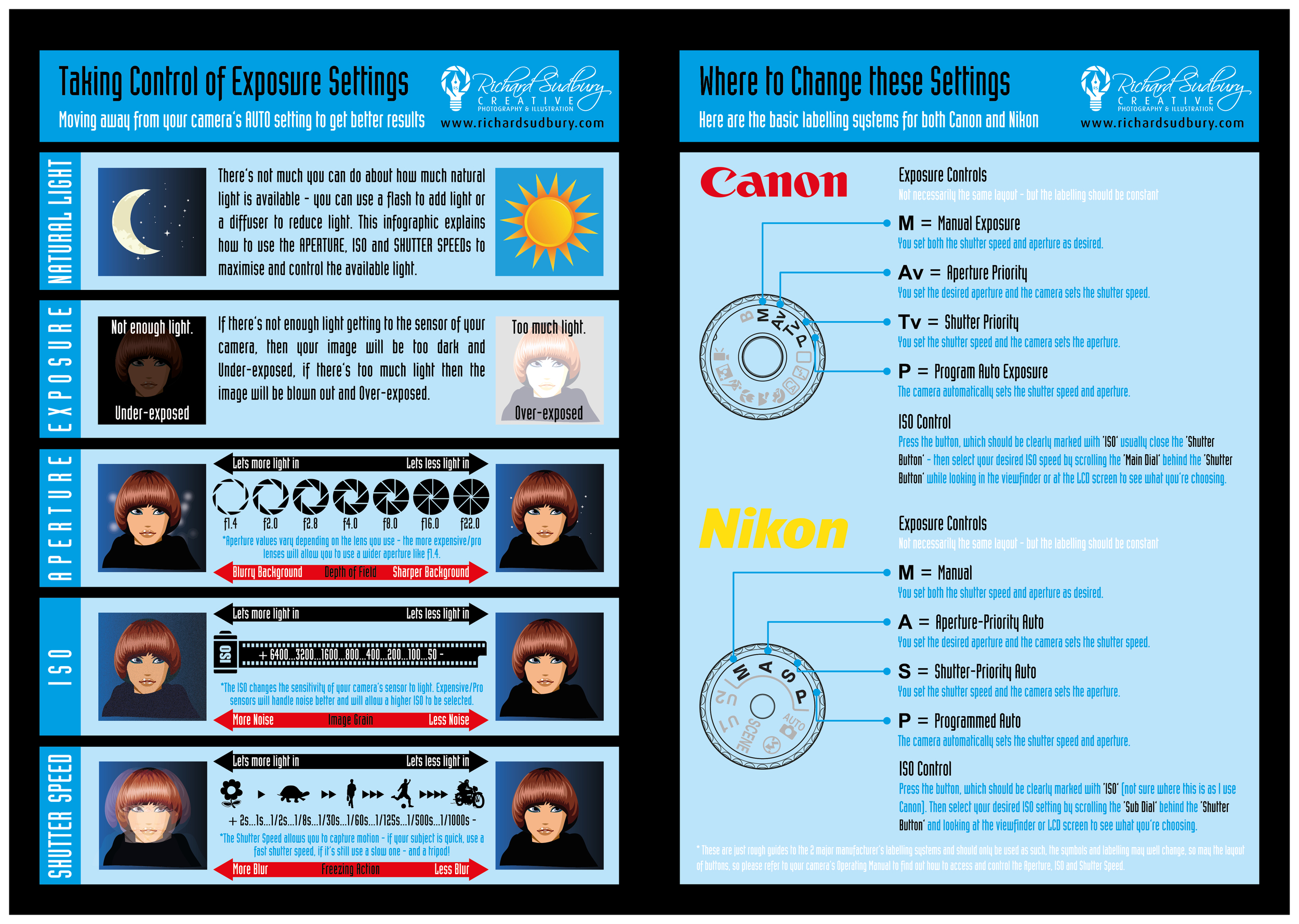What Every Digital Photographer Should Understand About Lights
What Every Digital Photographer Should Understand About Lights
Blog Article
Post Writer-Caldwell Covington
As a professional photographer, you understand that lights can make or damage your photos. Comprehending the subtleties of both natural and man-made light is necessary for catching the mood and clarity you aim for in your job. Whether you're chasing the excellent golden hour glow or adjust your fabricated setups, understanding these components can raise your photography dramatically. Yet there are common pitfalls that several overlook, and identifying them can change your strategy to every shoot. Allow's explore what you could be missing and exactly how it can impact your results.
Understanding Natural Light
Comprehending all-natural light is essential for any type of digital photographer wanting to boost their job. It's the foundation of excellent photography, affecting mood, tone, and clearness. When you shoot outdoors, take notice of the time of day. The gold hour-- soon after sunrise and before sunset-- provides soft, cozy light that can transform common scenes right into magnificent photos.
Do not take too lightly the power of overcast days. Cloud cover diffuses sunshine, developing a soft, also light that's best for pictures and macro digital photography. You'll discover shades appear this kind of lights without harsh shadows.
Placing matters, also. Constantly consider your subject's alignment to the light. If the sun's behind your subject, you might wind up with a silhouette, which can be significant but mightn't be what you want. Conversely, direct sunshine can create unflattering shadows.
Explore angles; occasionally, transforming your perspective can yield remarkable outcomes. Use natural reflectors, like water or sand, to jump light onto your subject, including dimension.
Learning Artificial Light
Grasping artificial light is important for professional photographers who intend to take their skills to the following level. Whether you're using speedlights, studio strobes, or continual lights, understanding just how to adjust these sources can substantially enhance your photos.
Begin by familiarizing on your own with the fundamentals of light quality, instructions, and color temperature. Try out different modifiers like softboxes, umbrellas, or grids to regulate the softness or cruelty of the light.
You'll discover that soft light typically develops complementary outcomes, while harsher light can add drama and deepness. Do not shy away from shadows; they can boost the three-dimensionality of your topics.
Pay very close attention to the positioning of your lights. A light positioned as well near your subject can develop unflattering outcomes, while as well far can lead to a lack of information. Utilize a light meter or your electronic camera's histogram to ensure you're revealing properly.
Lastly, keep in mind that synthetic light can be blended with ambient light for innovative effects. Stabilizing these resources might take technique, once you master it, your photography will genuinely shine.
Methods for Different Situations
When you step into different shooting circumstances, adjusting your illumination techniques is essential for recording the best photos. For Medical Residency portrait , use the golden hour-- early morning or late afternoon light-- to soften darkness and enhance complexion.
If it's an extreme midday sun, consider making use of a reflector to jump light back onto your topic or seek shaded areas for an extra even direct exposure.
In low-light scenarios, like indoor events, increase your ISO and use a broad aperture to let in more light. https://www.dw.com/en/coronavirus-heroes-photographer-takes-free-family-portraits-through-the-windows/a-53300849 can assist eliminate electronic camera shake, enabling longer exposures without blurring.
If you're shooting at night, trying out off-camera flash to produce dynamic lighting and depth in your images.
For product digital photography, utilize diffused illumination to prevent rough reflections. Softboxes or light camping tents can aid achieve this effect.
When photographing landscapes, take into consideration the instructions of light and time of day, as it can significantly transform the mood of your shot.
Constantly prepare to change your settings and positioning based upon the circumstance, as versatility is vital to mastering illumination in digital photography.
Final thought
In conclusion, mastering lights is crucial to elevating your photography skills. Accept all-natural light's beauty throughout golden hour, and don't avoid trying out artificial light methods. By adapting your method to various situations, you'll catch magnificent photos that resonate with feeling and quality. https://blogfreely.net/lewis501alyson/discover-the-necessary-digital-photography-equipment-that-will-certainly in mind, the appropriate lighting can transform an average shot into something amazing, so keep exercising and improving your understanding of both all-natural and man-made light. Satisfied capturing!
